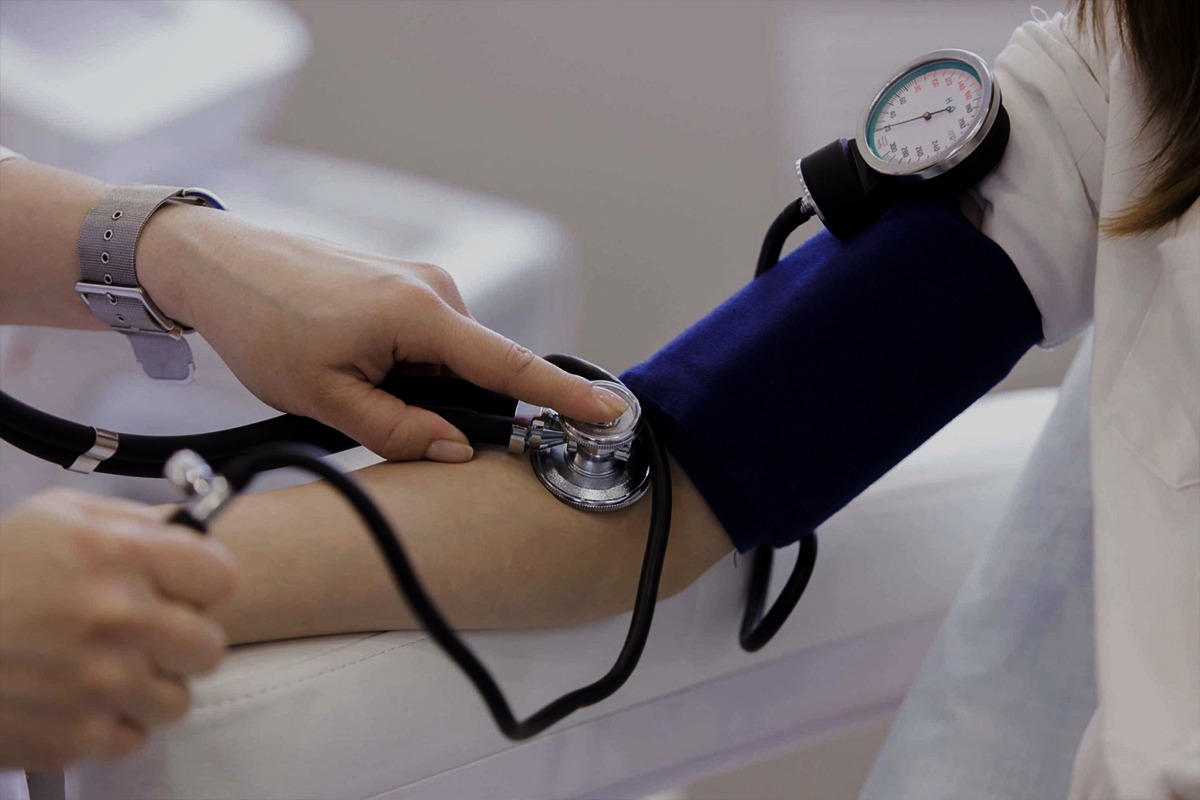In a landmark move, the Union Health Ministry has unveiled a groundbreaking initiative aimed at screening and providing standard care to 75 million individuals suffering from hypertension and diabetes by the year 2025. The announcement was made during the co-branded event “Accelerating the Prevention and Management of Hypertension and Diabetes,” organized by the Union Health Ministry and the World Health Organization (WHO).
Earlier, on the occasion of Hypertension Day, Dr. Poonam Kheterpal, Regional Director of WHO SEA, conveyed the following message in a video, “Hypertension is the single most leading cause of cardiovascular disease mortality globally and in the WHO South East Asia region. Hypertension is often called a silent killer, almost half of the people with hypertension in the region are unaware of their condition. There is an urgent need to scale up hypertension services – prevent, detect, and control hypertension. If left untreated, hypertension can lead to disability, poor quality of life, or even a deadly heart attack or stroke. While a quarter of the adult population in the South East Asia region has high blood pressure, only one in three are on treatment. While just one in 10 adults with the condition have it under control.”
“Over the past 5 years, 10 million more people with hypertension have accessed protocol-based management, almost doubling the control rate from 26 percent to 47 percent. We need to raise awareness of the importance of prevention, detection, and treatment of hypertension. Measure your blood pressure accurately. Control it, and live longer,” she added.
Dr. V K Paul, Member (Health) of NITI Aayog, unveiled the initiative, highlighting its innovative nature as the largest expansion of non-communicable diseases (NCDs) in primary healthcare worldwide. The program adopts a community-based approach, beginning at the primary healthcare level. This development underscores the government’s firm commitment to address NCDs by allocating resources, enhancing capacity, mobilizing support, and promoting multi-sectoral collaboration.
Dr. Paul emphasized that under the leadership of the Prime Minister, India is determined to become a developed nation within the next 25 years. As part of this vision, India is striving to achieve social indicators on par with developed nations, such as life expectancy, maternal mortality rate, and NCD management. To support this commitment, the Outcome Budget document of the Union Budget 2023-2024 has introduced hypertension and diabetes treatment as output indicators, reflecting the government’s dedication to scaling up coverage services for these conditions.
To effectively combat NCDs, Dr. Paul emphasized the crucial role of primary healthcare, noting that India has established over 1.5 lakh Health and Wellness Centres (HWCs) and implemented telemedicine and digital health services. He urged state teams to diligently adhere to standard operating procedures (SOPs), particularly regarding screening protocols, as screening forms the foundation for successful disease management. Dr. Paul stressed that screening alone is insufficient; it must lead to proper detection and treatment. He called on all stakeholders to ensure that at least 80% of diagnosed individuals receive appropriate treatment.
Furthermore, Dr. Paul underscored the significance of prevention, advocating for lifestyle changes, such as healthy eating, exercise, and other wellness practices. He emphasized the need for a Jan Andolan, a people’s movement, to foster community participation and visibility of these efforts. He also emphasized the importance of global cooperation, encouraging countries to share successful strategies and work together towards the common goal of “One Earth, One Health.”
Congratulating India on its ambitious initiative, Dr. Tedros Adhanom Ghebreyesus, Director-General of the World Health Organization, commended the Indian government’s target of reaching 75 million hypertension patients with standard care through primary healthcare. He hailed it as the largest coverage of NCDs in primary healthcare globally.
In her virtual address, Dr. Poonam Khetrapal Singh, Director of WHO South-East Asia Regional Office, applauded the Indian government for launching such transformative healthcare initiatives. She urged countries in the Southeast Asia region to develop a new and effective roadmap to accelerate NCD control, taking inspiration from India’s achievements.
Shri Rajesh Bhushan, Union Health Secretary, emphasized the interconnectedness of the economy, societal forces, and epidemiological factors. He acknowledged India’s economic growth and rising life expectancy but highlighted the increasing sedentary lifestyle of the population. Shri Bhushan emphasized the need for a comprehensive societal approach that integrates awareness, prevention, health promotion, and wellness. He stressed the importance of inter-sectoral efforts and public-private collaboration to tackle the growing burden of NCDs in the country.
The event was attended by senior officials from the Union Government, representatives from WHO and G20, participants from WHO-SEARO countries, international partners working on hypertension and diabetes, as well as national NCD partners and senior state officials.
With this ambitious initiative, India is setting a global example in combating hypertension and diabetes, paving the way for improved healthcare outcomes and a healthier future for millions of its citizens.

